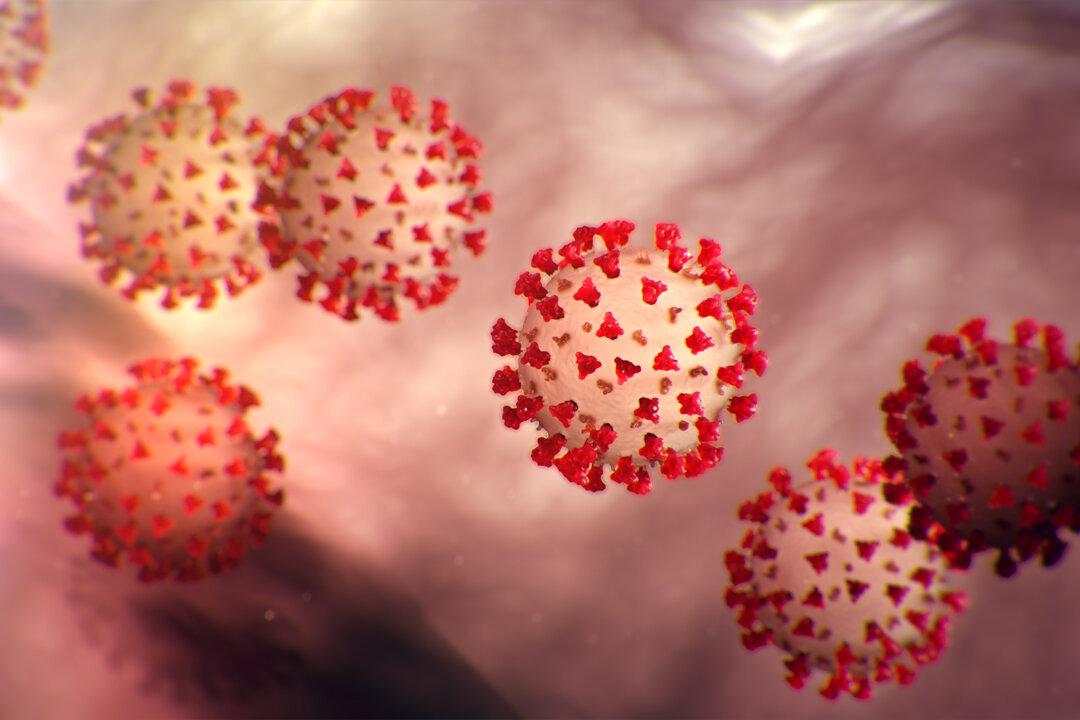Commentary
There is a relatively simple way to stop the coronavirus dead in its tracks. It might sound impossible at first, but it’s well within our capabilities, and it’s far less costly and disruptive than what countries around the world are doing now.
To give you some perspective on the issue, let’s go back in time to the AIDS crisis that was emerging in the 1980s. When AIDS was first identified in 1981 (HIV, the virus that caused it, wasn’t identified until 1984), the disease was spreading mainly among gay males and intravenous drug users. Because carriers of the virus might be asymptomatic for years, however, it was only a matter of time before it jumped into the mainstream population, thus putting the entire population at risk.
In 1988, U.S. Surgeon General C. Everett Koop did something both unprecedented and outrageous to try to get the AIDS epidemic under control: He sent an explicit eight-page pamphlet about AIDS to all 107 million households in the United States. The pamphlet talked about every possible kind of sex act, and, so there could be no misunderstandings, it mentioned the word “condom” 20 times.
We can stop the spread of AIDS immediately, Koop said, by changing our behavior, and he was remarkably frank about what behavior that was. It wasn’t until 1996 than an effective cocktail of medicines was developed to extend the lives of AIDS sufferers, and we still don’t have a vaccine, so Koop’s gambit, although controversial at the time, is now seen as heroic.
Like HIV—and unlike the common cold or SARS—the coronavirus can be transmitted by asymptomatic carriers, which allows it to spread rapidly and without people’s awareness. In some respects, however, the coronavirus is far more dangerous than HIV, because HIV transmission requires risky sex or an infected needle, whereas the coronavirus can be passed along merely by a cough or a sneeze, or even by the remnants of a cough or sneeze on a surface.
Because the coronavirus can be transmitted so easily, and because virtually all of the asymptomatic carriers of the virus have no idea they’re carrying it, the number of people suffering from COVID-19—the sometimes fatal illness caused by the coronavirus—is, at this writing (March 25), doubling worldwide every six days.
Even more disturbing, the number of COVID-19-related deaths is also doubling at this rate, and in some countries, the rate of doubling is even faster than the worldwide rate. In the United States at the moment, the number of COVID-19-related deaths appears to be doubling about every three days.
Both China and South Korea began implementing drastic measures to slow the spread of COVID-19 within weeks of having identified the problem: massive testing for the virus, restrictions on in-person interactions, large-scale quarantines, the closing of businesses and factories, and so on. As a result, the doubling time in South Korea has slowed to about 13 days, and, if we can believe the numbers China is reporting, transmission there might now have stopped completely.
Other countries have failed to stop transmission for a variety of reasons, among them: a lack of resources, poor leadership, poor discipline, and an inability to control misinformation.
In the United States, some of our leaders—among them President Donald Trump and Texas Lt. Gov. Dan Patrick—understandably concerned about the devastating impact the coronavirus is having on our economy—are now beginning to talk about reversing some of the restrictions that were put in place to try to slow the spread of the virus.
Without measures in place to slow the spread, researchers at the University College London recently estimated that the virus could cause upwards of 2.2 million deaths in the United States within a few months. Although that number might seem impossibly high, that’s just how doubling works.





